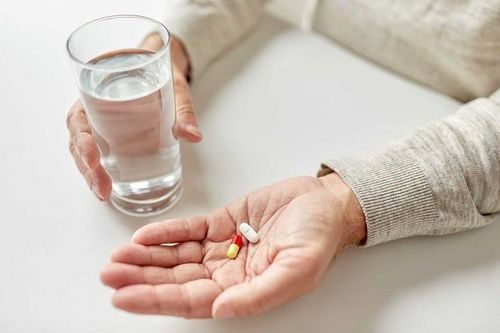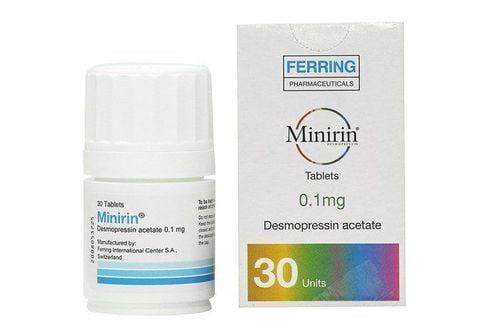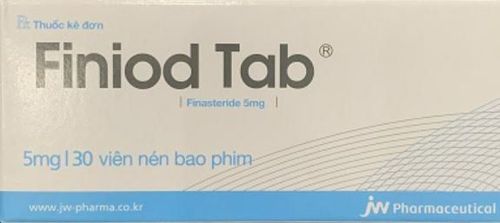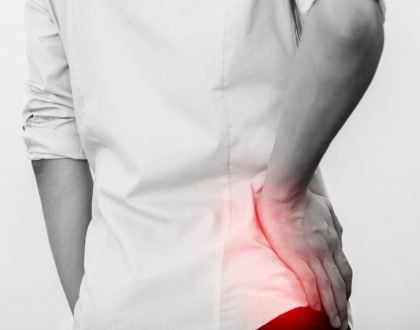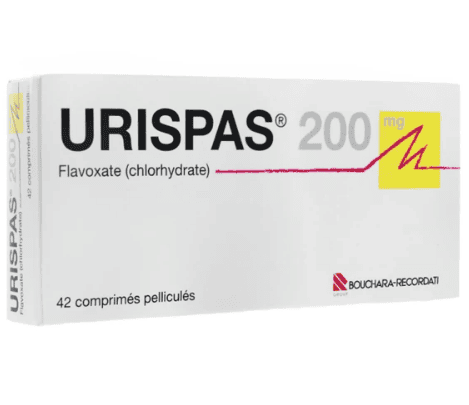This is an automatically translated article.
The bladder is an organ that stores urine that is filtered by the kidneys and discharged when full. A person with overactive bladder will not be able to control how much they urinate and how often they urinate during the day. In this case, the patient is often prescribed an antispasmodic drug to help the body can function normally.
1. Bladder spastic disease
Bladder spasm, also known as overactive bladder. This syndrome is common in the elderly. This is a condition of urgency, with or without urinary urgency, often accompanied by frequent urination and nocturia .... Although overactive bladder syndrome is not life-threatening but causes discomfort for people. disease and reduced quality of life. Some treatments for overactive bladder syndrome include: adjusting your daily lifestyle and eating habits, or taking certain medications. In the absence of symptom improvement, some interventional procedure should be considered.
2. What is an antispasmodic?
In severe cases, it may be necessary to be treated with a combination of lifestyle adjustments and antimuscarinic drugs. Antimuscarinics drugs work to reduce the contraction of the bladder cone muscle. Antimuscatinics include darifenacin, solifenacin, tolterodine, fesoterodine, oxybutynin, and trospium.
Unintended effects of antimuscarinics are dry mouth, headache, heart palpitations, blurred vision, hot face, indigestion, constipation...
In addition, the doctor may use some of the following drugs :
Imipramine
Tricyclic antidepressants, anticholinergics, and alpha agonists Dosage 25 mg orally at night; may be increased in increments of 25 mg to a maximum dose of 150 mg. Imipramine is useful for nocturia and mixed urinary incontinence caused by overactive bladder and impaired bladder outlet. Approved as temporary adjunctive therapy to reduce bedwetting in children ≥ 6 years of age. Alpha-adrenergic blockers
In men, alpha-adrenergic blockers relieve symptoms of outflow tract obstruction, may decrease urinary residual volume and outlet impedance, and increase flow rate . Effective for a few days to a few weeks. Adverse effects include hypotension, fatigue, asthenia, and dizziness. Oxybutynin
Smooth muscle relaxant; anticholinergic, non-muscarinic, and effective local anesthetic. Rapid-acting type: 2.5-5 mg orally 3 to 4 times/day Long-acting type: 5-30 mg orally once/day Oxybutynin is the most effective drug used to treat overactive bladder responsible for urinary urgency or urinary incontinence under pressure. Efficiency can increase over time. Adverse effects include anticholinergic effects (eg, dry mouth, constipation), which may interfere with compliance and increase urinary incontinence. Side effects are less severe with extended-release and transdermal forms.
3. Note when taking antispasmodic drugs
To ensure safety when treating bladder spasms with drugs, you need to pay attention to the information related to the drug. This information includes contraindications, drug interactions, and possible side effects.
Inform your doctor if you are in the group of people with contraindications to the drug. Or you are using other drugs, vitamins, herbs. Specifically as follows:
Contraindicated subjects – this group of subjects should not be used. Includes:
Are or have a history of allergy, hypersensitivity to the drug or any of the excipients in the drug. Experiencing bleeding, gastrointestinal obstruction such as stomach, intestines, or other intestinal-related problems. Bleeding, bladder blockage and not being able to urinate. Children object. Subjects to be cautious – It is necessary to adjust the dosage or weigh the benefits and risks before using. Includes:
Current/history of glaucoma. Current/history of other problems with urination. Women who are pregnant, are planning to become pregnant, are breast-feeding. Not recommended for use by adults over 65 years of age. Drug Interactions – Drugs can react with about 315 drugs and change their effects or increase the risk of side effects. Especially the following drug classes:
Anticholinergic drugs: For example Scopolamine, Atropine, Alkaloids, Belladonna, Trihexyphenidyl. Antispasmodics: Examples include Dicyclomine, Clidinium. Bisphosphonates: Examples include Etidronate, Alendronate, Risedronate. Types of potassium tablets, pramlintide. Opioid pain relievers, cough suppressants, sleeping pills, anxiety relievers, muscle relaxants, antihistamines, or other medicines can cause drowsiness. Do not use the drug with alcohol because it can increase the ability to inhibit the central nervous system. However, to ensure safety and good health, patients before using antispasmodic drugs need to be examined by a specialist doctor so that there are indications on the appropriate dosage. It is strictly forbidden to self-medicate, because this can seriously affect health.
Please dial HOTLINE for more information or register for an appointment HERE. Download MyVinmec app to make appointments faster and to manage your bookings easily.




